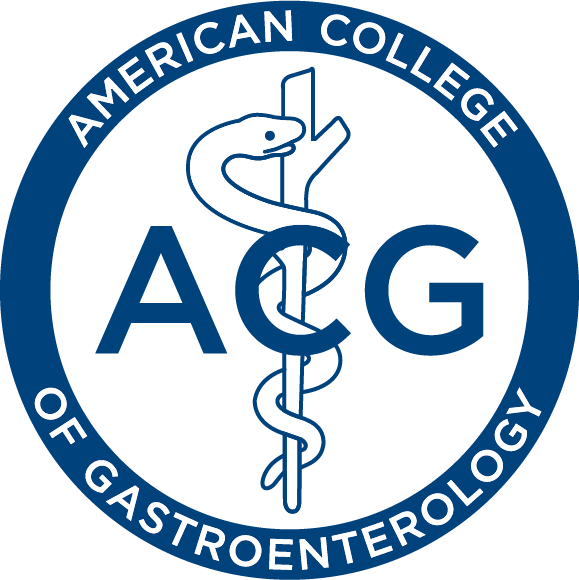Newswise — The November issue of The American Journal of Gastroenterology highlights new clinical science and reviews including additional colonoscopy quality measures, higher infliximab concentrations in IBD patients with higher visceral adipose tissue (VAT), an automated tissue systems pathology test for Barrett’s esophagus, and opioid-related constipation. This month we also published articles on irritable bowel syndrome, machine learning for chronic hepatitis B, eosinophilic esophagitis, and more.
Several articles are highlighted below and access to any articles from this issue, or past issues, is available upon request. The College is also able to connect members of the press with study authors or outside experts who can comment on the articles.
Also of clinical interest is a special issue of Clinical & Translational Gastroenterology titled, “AI in GI,” focusing on application of artificial intelligence and machine learning in GI and hepatology settings.
Patients With Inflammatory Bowel Diseases and Higher Visceral Adipose Tissue Burden May Benefit From Higher Infliximab Concentrations to Achieve Remission
Yarur, et al.
Reaching targets levels of infliximab concentration may be more difficult to achieve in patients with IBD and higher VAT. While prior studies have found that body weight has been associated with higher infliximab clearance, VAT provides a more precise body composition measurement. The authors found that, “patients with IBD and a higher VAT burden may require a higher infliximab exposure to achieve clinical and endoscopic remissions. Although the exact mechanism is still unclear, clinicians should consider aiming for higher drug concentrations before abandoning infliximab in a nonresponder with a higher VAT burden.”
An Automated Tissue Systems Pathology Test Can Standardize the Management and Improve Health Outcomes for Patients With Barrett's Esophagus
Duits, et al.
A tissue systems pathology test (TissueCypher Barrett’s Esophagus Test, TSP-9) was evaluated in guiding management decisions for patients with Barrett’s esophagus. They found that the test increased the likelihood of receiving appropriate management, increased consistency of management decisions for BE patients across practice settings, and may demonstrate clinical utility in reducing unnecessary endoscopies in BE patients who will not progress to high-grade dysplasia or esophageal adenocarcinoma.
Visual Abstract
Higher Serrated Polyp Detection Rates Are Associated With Lower Risk of Postcolonoscopy Colorectal Cancer: Data From the New Hampshire Colonoscopy Registry
Anderson, et al.
In this review, the authors examined data from the New Hampshire Colonoscopy Registry from patients who received either a colonoscopy or a colorectal cancer diagnosis. They found that patients who received a colorectal cancer diagnosis 6 months or longer after colonoscopy were more likely to be older, have a shorter follow-up time, and have an endoscopist with a lower sessile serrated lesion detection rate (SSLDR). Their findings indicate that SSLDR may be a clinically relevant quality measure.
Visual Abstract
About the American College of Gastroenterology
Founded in 1932, the American College of Gastroenterology (ACG) is an organization with an international membership of over 18,000 individuals from 86 countries. The College’s vision is to be the preeminent professional organization that champions the prevention, diagnosis, and treatment of digestive disorders, serving as a beacon to guide the delivery of the highest quality, compassionate, and evidence-based patient care. The mission of the College is to enhance the ability of our members to provide world class care to patients with digestive disorders and advance the profession through excellence and innovation based upon the pillars of Patient Care, Education, Scientific Investigation, Advocacy and Practice Management. www.gi.org

